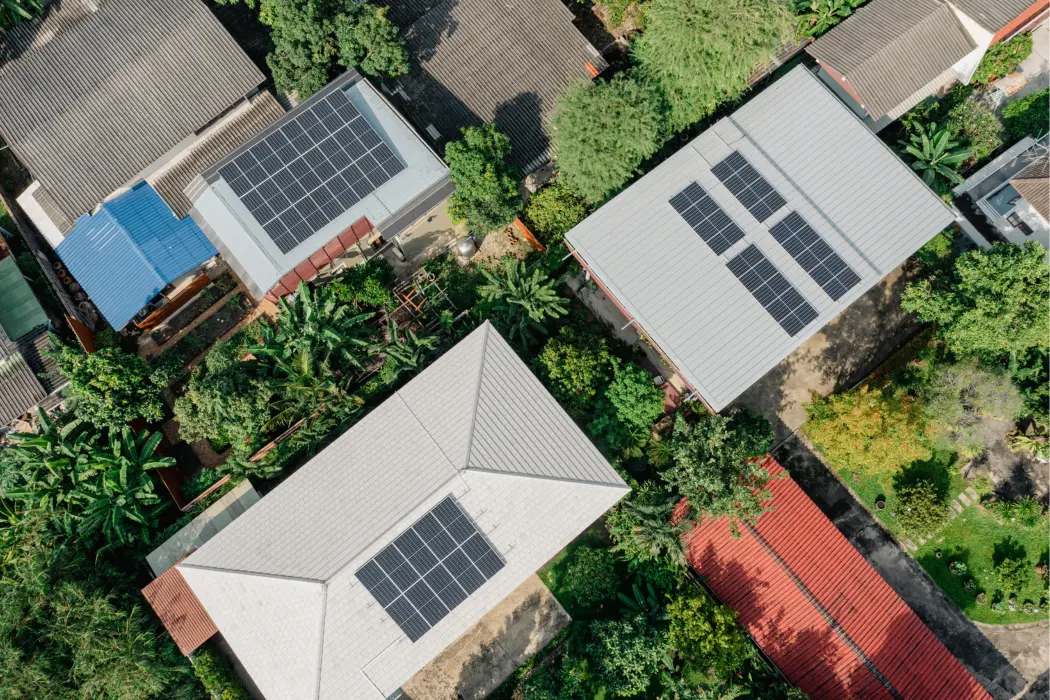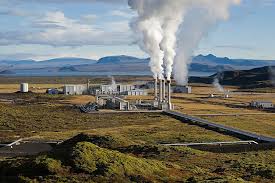In 2024, sustainable homes are anticipated to continue their evolution, driven by technological advancements, regulatory support, and increasing consumer awareness and demand. Here’s a glimpse into what’s next for sustainable homes in 2024:
1. Advanced Building Materials

Expect to see broader use of innovative, eco-friendly building materials. Materials like self-healing concrete, bio-bricks made from organic materials, and thermally efficient insulating paints are likely to become more mainstream and see significant breakthroughs in research. These materials not only reduce the environmental impact during construction but also enhance the energy efficiency of homes.
2. Smart Home Integration

Smart homes are set to become even smarter and more sustainable. Technologies like AI and IoT (Internet of Things) will be more finely tuned to monitor and manage energy use, water consumption, and waste production. Homeowners will have greater control and insight into their home’s environmental footprint, allowing for more efficient resource use and lower utility bills.
Examples include Smart thermostats like Nest or Ecobee learn from your habits and adjust the temperature accordingly to save energy and devices like the Sense Energy Monitor track electricity usage in real-time, providing insights into which appliances and devices consume the most power. Users can identify energy hogs and adjust their usage habits or upgrade to more efficient appliances.
3. Renewable Energy Adoption

The trend towards renewable energy sources will continue to grow, with solar panels and wind turbines becoming more commonplace. However, the significant addition in 2024 will be the broader adoption of geothermal energy systems. These systems utilize the earth’s stable underground temperature to heat and cool homes, offering a highly efficient, reliable, and sustainable energy source. Expect to see more homes equipped with geothermal heat pumps, tapping into this clean energy right from their backyards. Advancements in technology are making geothermal systems more efficient and easier to install. Further, many governments worldwide are likely to increase their support for renewable energy, including geothermal, through incentives such as tax credits, rebates, and grants.
4. Water Conservation Technologies

Water scarcity is an escalating issue; hence, sustainable homes in 2024 will likely incorporate more advanced water conservation technologies. Systems for rainwater harvesting, greywater recycling, and efficient irrigation for gardens will become standard features in many homes. Water-saving appliances and fixtures will also see improvements in both efficiency and accessibility. Here are some of the key water conservation technologies widely used in many homes today and some that are emerging to become more popular:
1. Low-Flow Fixtures
Low-flow fixtures, such as toilets, showerheads, and faucets, are designed to use significantly less water than standard models. For instance, low-flow toilets use just over 1 gallon per flush compared to older models that use up to 7 gallons.
2. Dual Flush Toilets
These toilets offer two flushing options: one for liquid waste (using less water) and another for solid waste. Users can choose the appropriate flush, which significantly reduces water usage over time.
Modern dishwashers are designed to be much more water-efficient. They use sensors to determine the appropriate cycle length and water usage based on the load, significantly reducing unnecessary water consumption.
4. Rainwater Harvesting Systems
These systems collect and store rainwater from roofs, which can then be used for irrigation, flushing toilets, and even for drinking if properly filtered. This not only reduces the demand for municipal water but also decreases stormwater runoff.
5. Greywater Recycling Systems
Greywater systems reuse water from showers, sinks, and washing machines for purposes like toilet flushing and garden irrigation. These systems significantly reduce the fresh water needed for these secondary uses.
5. Biophilic Design

Biophilic design, which integrates natural elements into home construction, will gain further traction. This approach not only reduces stress and improves well-being for inhabitants but also encourages local flora and fauna, enhancing local biodiversity. Expect more homes with natural ventilation, indoor gardens, and green roofs.
Health and Well-being of Biophilic Design
A significant benefit of biophilic design is its impact on health and well-being. Studies have shown that incorporating natural elements into built environments can reduce stress, enhance creativity and clarity of thought, improve our well-being, and expedite healing. As the world becomes more urbanized, these benefits are ever more critical.
Economic Benefits
While the focus of biophilic design is often on health and sustainability, it also offers economic benefits. Spaces that incorporate biophilic design elements can command higher prices and are more attractive to renters and buyers. Additionally, workplaces with natural elements can lead to higher productivity and fewer sick days.
6. Community Energy Systems

There might be a shift towards community-based energy systems where neighborhoods collectively invest in renewable energy projects. These systems can provide power to multiple homes, reducing dependence on the grid and fostering a sense of community around sustainable living. Community energy systems typically involve decentralized power generation. Instead of relying on large, centralized power plants, these systems generate energy closer to where it’s used. This can reduce transmission losses and increase the efficiency of the power grid. It can also enhance energy security and resilience, as communities are less dependent on distant power sources.
Community energy systems can offer significant economic benefits. By generating their own power, communities can reduce their energy bills and protect themselves from fluctuating energy prices. Additionally, any surplus energy can be sold back to the grid, providing a source of income. These systems can also create local jobs and stimulate the economy by requiring installation, maintenance, and management services.
7. Regulatory Support and Incentives

As governments worldwide push for greener living, expect to see more supportive policies, regulations, and incentives for sustainable homes. This could include tax rebates, subsidies for installing renewable energy systems, and stricter construction regulations that mandate energy efficiency. Financing a sustainable home in Canada can be a barrier for many. In 2024, we might see new and innovative financing models that make sustainable homes more accessible. This could include green mortgages with favorable terms for energy-efficient homes or community investment programs for shared sustainable resources.
8. Education and Awareness

With increasing awareness of environmental issues, homeowners in 2024 will likely be more knowledgeable and proactive about sustainability. Educational resources and programs about sustainable living will become more prevalent, guiding individuals on how to make their homes greener.
Conclusion:
Sustainable homes in 2024 will be smarter, more efficient, and more integrated with nature. As technology advances and societal attitudes shift, the dream of living in an environmentally friendly, cost-effective, and healthy home is becoming increasingly achievable. Whether through individual homes or community efforts, the movement towards sustainable living is expected to grow stronger, driven by a collective understanding of its necessity and benefits.



